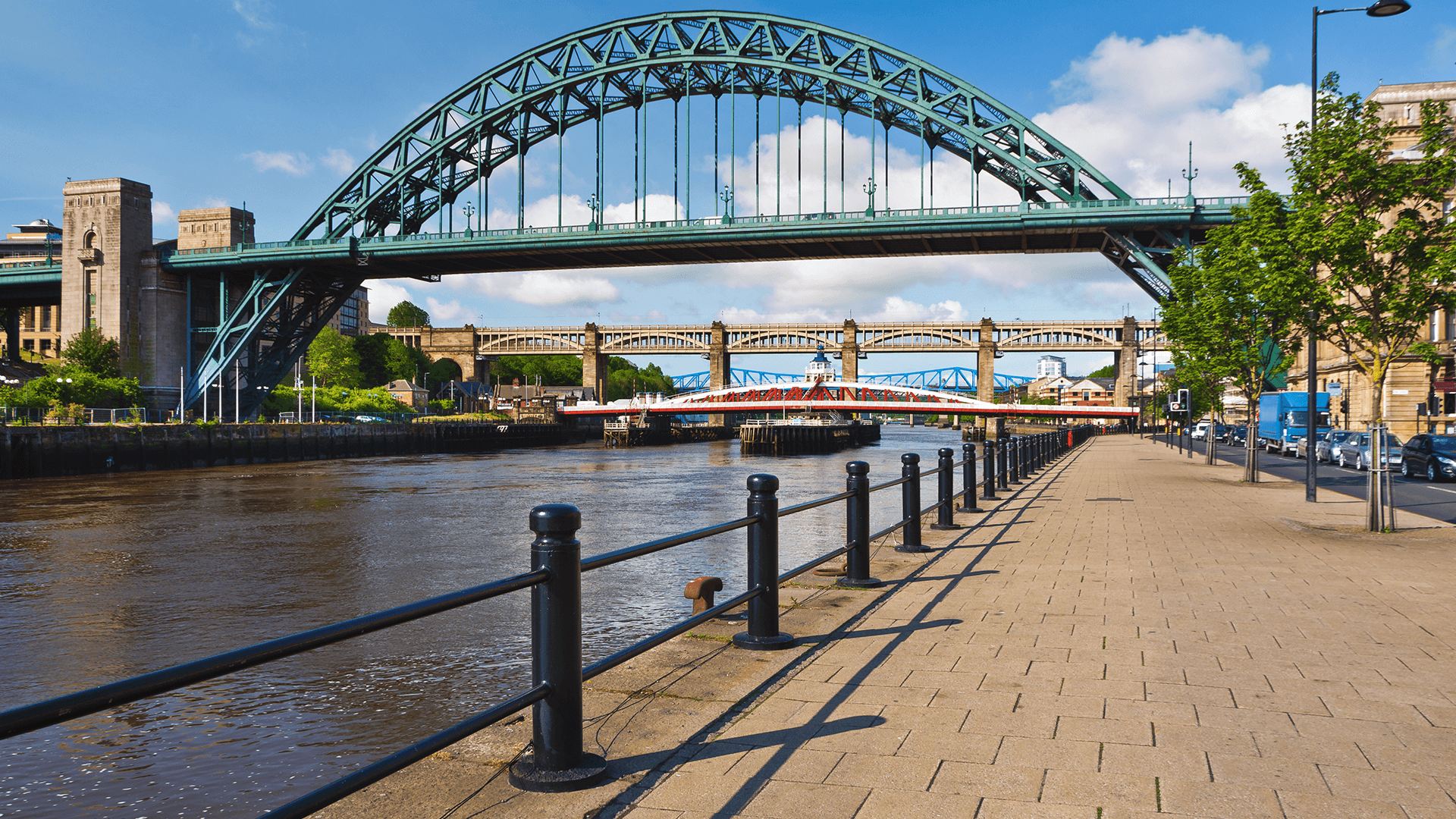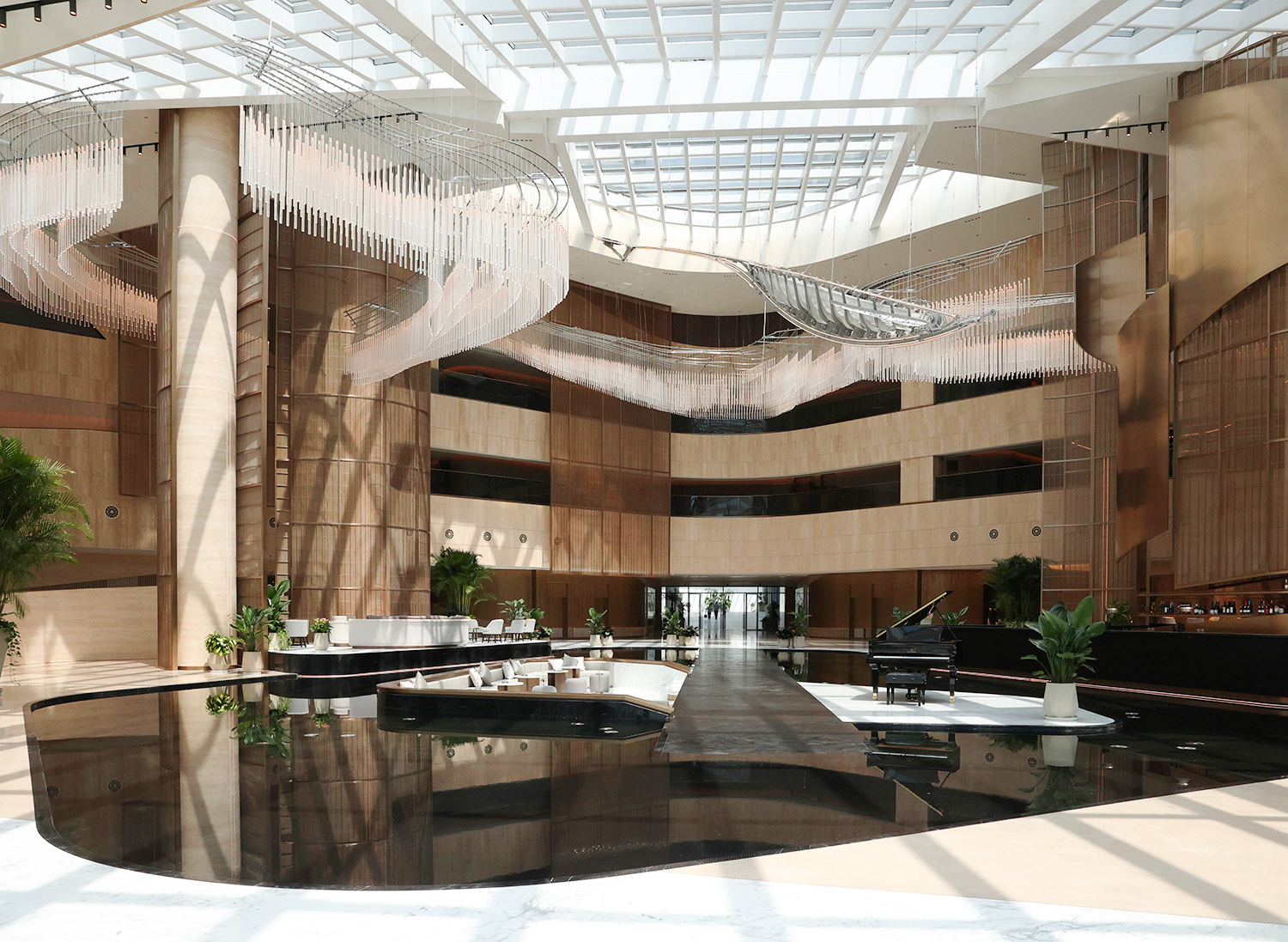With so many gorgeous examples of different architecture and building styles over the centuries, it doesn’t make sense to knock down these beautiful old buildings to build a new one at cost to everyone! So, it’s great when a building that was created centuries ago finds a new lease of life away from its original purpose and can continue to serve the public.
In this article, we’re taking a trip around the Toon to find out which of Newcastle’s iconic buildings had a very different start in life…
Blackfriars
The building Blackfriars is housed in dates back to 1239. The building was home to the ‘Black friars’ and built on land donated by three sisters. The building itself was funded by Sir Peter Scott, the first Mayor of Newcastle.
The gardens around the priory were attended to by the friars, and it supported lots of plant life to help with their infirmary. As well as providing shelter for the friars, the priory housed King Henry III as the town had no inn at the time for royalty. Payment for his stay came in the form of white cloth, which covered both his stay and the damage caused by his retinue!
This white cloth would be used to make white tunics for the friars, which were worn with black cloaks. It is said that this outfit inspired the black and white football strip of Newcastle United.
The building fell into disrepair as a result of King Henry VIII’s decree that all monasteries be closed. The priory lost everything, and the church was demolished. Only the non-religious buildings of the cloisters remain. The friary’s former refectory survived and is now used as an 80-seat restaurant, believed to be the oldest dining room in the UK.
Sallyport Tower
Built around 1265-1307, Sallyport Tower was originally used to defend Newcastle’s city walls. Though the top part was destroyed by a Scottish siege in 1644, it was restored in 1716 for its second use as a meeting place for the Shipwright’s and Carpenter’s Guild.
The tower, although not hidden away from public sight, is often inadvertently overlooked by the people of Newcastle. As such, when photographer Kevin Radcliffe acquired the ancient building in 2015, he dubbed it ‘The Secret Tower’ and transformed its space into a gallery and an area for photoshoots in-between event bookings, such as weddings.
The Sallyport Tower is open to the public twice a year for Heritage Open Days.
The Royal Station Hotel
Few regions can match the historic hotel Newcastle offers. The Royal Station Hotel is one of the most iconic buildings in the region. The hotel has had many famous guests, including Laurel and Hardy, Laurence Olivier, and Muhammad Ali. But perhaps the most famous hand to grace the doors of the hotel was that of Queen Victoria, who opened the premises in 1850. This standout building nestled within Newcastle is, naturally, a top pick wedding venue as well, with its ornate structures making for the perfect romantic scene.
The Grade I and Grade II listed building holds many modern facilities in contrast to its traditional exterior, with an indoor swimming pool, fitness centre, sauna, hot tub, and free Wi-Fi.
The Toffee Factory
Can you guess what today’s office building, the Toffee Factory, started life as?
Yes, it was a…cattle sanatorium. Perhaps not the answer you were expecting.
The original buildings for the sanatorium were built in 1877, and the U-shaped building that is now the Toffee Factory was built after their completion in 1878. The reason for this apparent extension and expansion of the original buildings is unclear, with theories tending to fall on it being a place to slaughter diseased animals, or a simple need to increase storage capacity.
An outbreak of foot and mouth disease in 1893, along with progress made in refrigerated transport capabilities, meant the sanatorium fell out of use. They enjoyed a brief stint as a timber yard and saw-mill business, and the original sanatorium buildings were used by R Steenberg & Son from 1903 onwards for warehousing and the storage of goods such as lard and canned food. The company operated for many years, eventually moving out in the early 1990s.
While the original building was demolished, the U-shaped build that would later become the Toffee Factory remained. Maynard’s Ltd leased the building from 1906, producing all kinds of sweets; beyond Maynard’s Toffee, the factory produced:
- Acid Drops — boiled sweets with a sharp taste
- Black Bullets — peppermint flavoured boiled sweets
- Cloves — red and white striped candy
- Pear Drops — pink and yellow sweets with a pear and banana taste
- Humbugs — black and white striped sweets with a peppermint taste
- Aniseed Balls — hard candy flavoured with aniseed oil for a strong taste
- Rock — hard candy sticks usually sold in coastal areas
After a fire in 1993 left the factory building severely damaged, the building was abandoned for many years until its refurbishment in 2011. It is now an office space that houses many creative industries, from advertising to design to landscape architects.


































